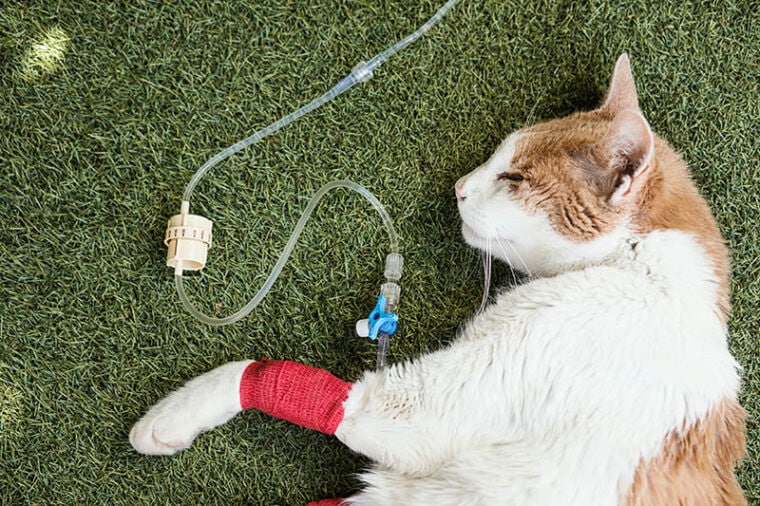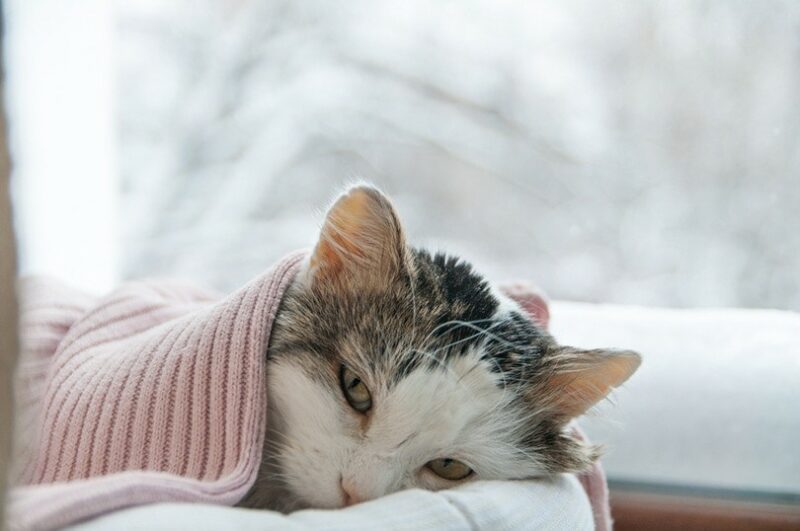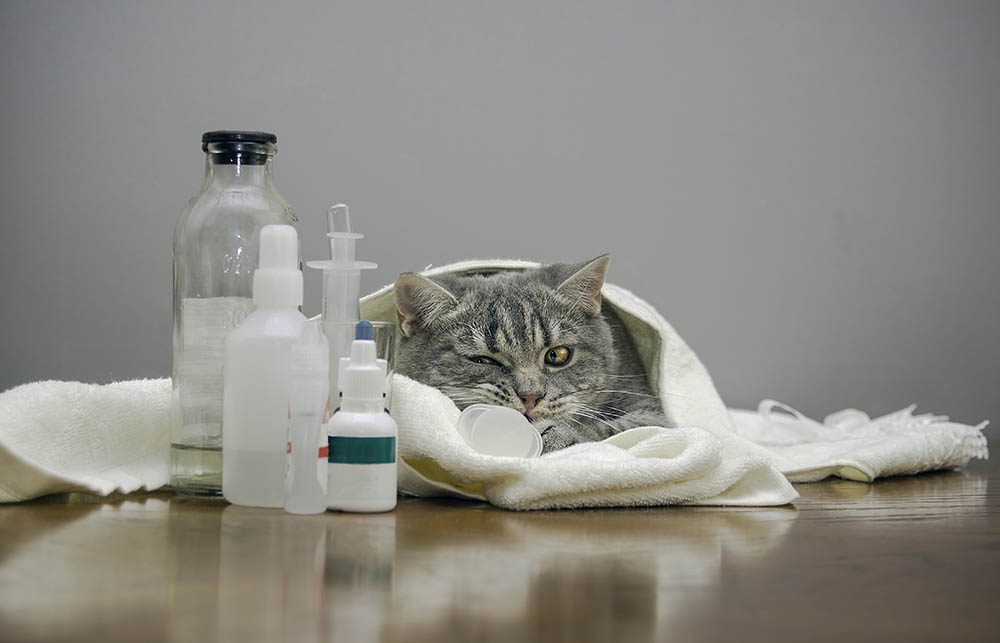
Click to Skip Ahead
Do you know what exactly the endocrine system is and how it works? Cat’s endocrine systems aren’t very different from people’s systems, but since most of us are taught very little about this particular bit of anatomy, it means it can be a mystery when trying to understand our cats also.
The good news is this body system isn’t all that complicated after all and performs several important functions. We’re going to go over everything you need to know about the endocrine system in cats, so you never have to wonder again.
What Is the Endocrine System?
Endocrine tissue, usually in the form of glands, are cells in the body that produce chemicals to help coordinate body functions. These chemicals communicate different messages across the body. They’re better known as hormones.
Components of the Endocrine System in Cats
The following glands and organs make up the endocrine system of cats. They are responsible for producing hormones and releasing them into the bloodstream so they can travel where they need to control different processes in the body.
Important Endocrine Disorders of Cats
While a cat’s endocrine system works hard to keep all body systems in balance, there are a couple of diseases cats are prone to because of breakdowns within this system.

Hyperthyroidism
Cats can develop benign tumors on their thyroid as they age, which leads to the overproduction of thyroid hormones. Signs of hyperthyroidism in cats include increased appetite, weight loss despite eating well, increased vocalizations, increased drinking, and increased urination.
A quick blood test can confirm elevated thyroid values and a veterinarian can recommend the best treatment option as there are several, including shrinking the tumor via radiation, daily thyroid hormone-blocking medication, or a specialized diet that limits the production of thyroid hormones via a selective nutrient deficiency (iodine).
Diabetes
Cats whose pancreas fails to make insulin or whose cells fail to respond to insulin will have high blood sugars. This is because insulin is a hormone the pancreas produces that tells cells to take up sugar from the blood to store or use for energy. This keeps the body up and functioning while also maintaining blood sugar levels within a normal range.
Diabetic cats may show lethargy, vomiting, increased drinking, urination, and decreased appetite. To treat this, cats can be given injections of additional insulin to help bring down their blood sugar levels and alter their diet to support steady blood sugar levels.
FAQ
What are metabolic disorders in cats?
These are endocrine disorders, and they’re one and the same. Common examples would include diabetes and hyperthyroidism for cats.
What are the signs of endocrine dysfunction in cats?
Signs would include weight loss, increased appetite, increased drinking, increased urination, lethargy, vomiting, and/or increased vocalizations.

What kind of hormones does a cat’s endocrine system produce?
While there are many hormones in a cat’s body, some of the most important are thyroxine, insulin, estrogen/progesterone/testosterone, and cortisol.
Conclusion
While you may not have needed to know exactly what the endocrine system was before, hopefully, now you know everything important about your cat’s endocrine system. It is responsible for producing hormones, which in turn are responsible for controlling important body processes like metabolism, puberty, pregnancy, blood sugar levels, stress responses, and more. Cats are mostly only prone to two endocrine disorders, diabetes and hyperthyroidism, though both are relatively common in senior cats.
If you see signs of endocrine dysfunction in your cat, it is best to bring them to the vet so they can perform screening blood work to look for the cause. Both have several treatment options to help you find what’s best for you and your cat.
Featured Image Credit: Lost_in_translation, Shutterstock







